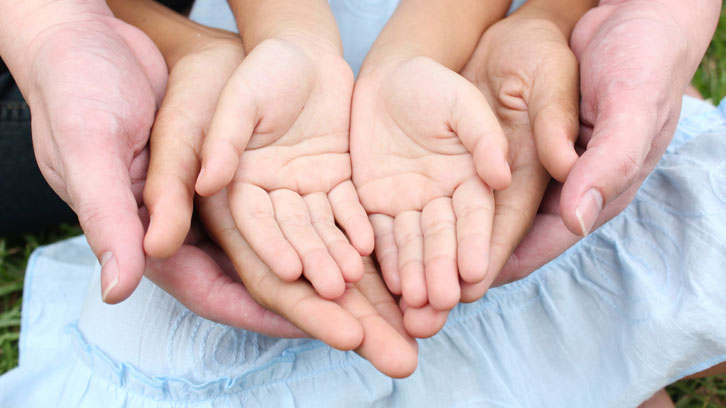Why Not All Childhood Cancer Survivors Are the Same

The vast literature suggests that survivors of CNS tumour are a group at risk of having more and severe late effects in comparison with cancer survivors of non-CNS tumours. This is due not only to the type of tumour, but to the location of it and the treatments required for patient survival. Hence, there is a certain consensus about greater physical and cognitive impairment of these survivors with regard to others, who have other cancer diagnoses. However, the results regarding how the late effects, both physical and psychological, affect the HRQoL of survivors are much more mixed and less conclusive.
These latter aspects were explored in our research. The results obtained were compared with a sample of survivor adolescents (aged between 12 and 20) of CNS Tumour with a group who had suffered a non-CNS tumour (e.g. leukaemia, lymphoma, bone tumour and so on). Additionally studied was the possible relation between these outcomes and others factors, individual and medical, such as gender and time since diagnosis.
The first finding was that survivors of CNS tumour had worse scores in the HRQoL dimensions of psychological well-being, social support and peer relationship. No significant effect between groups were detected when the interaction between type of tumour and genre and type of tumour and time since diagnoses were explored. In spite of this, gender by itself proved to be a risk factor for the HRQoL of these teenagers, since girl survivors scored worse in the dimensions of physical welfare and autonomy.
Time since diagnosis was also showed as a manifest factor risk for HRQoL for these youngsters. As more time had passed, worse scores were obtained in HRQoL dimensions of psychological well-being, social support andpeers relationship, family relationship andhome life and school environment.
Having said that, we would like to stress that average HRQoL scores were around the mean scores of general population (50±10). As a consequence, it cannot be concluded that adolescent cancer survivors assessed in the current research had an obviously impaired HRQoL in comparison with peers without a cancer condition. Nevertheless, when the analysis was done thoroughly, some individuals obtained scores well below the average.
To summarise, the current results justify that special care is needed to be taken into account when developing interventions, both during diagnosis and follow-up checks, to ensure a satisfactory adaptation. It is of great importance that the follow-ups be tailored to each individual, given that not all cancers affect the HRQoL of those suffering in the same way. Only in this way HRQoL can be preserved and not harmed, as seems to happen in some risk groups such as CNS Tumour survivors, girls, and those who have been longer in remission.
Carmina Castellano-Tejedor
Department of Oncology and Child Haematology, Vall d'Hebron University Hospital
UAB
martcamp@copc.cat; ninacastej@yahoo.es
References
Pérez-Campdepadrós, M.; Castellano-Tejedor, C.; Sábado-Álvarez, C.; Gros-Subías, L.; Capdevila, L.; Blasco-Blasco. Type of tumour, gender and time since diagnosis affect differently health-related quality of life in adolescent survivors. European Journal of Cancer Care. 2015, vol. 24, num. 3, p. 635-641. doi: 10.1111/ecc.12215.

